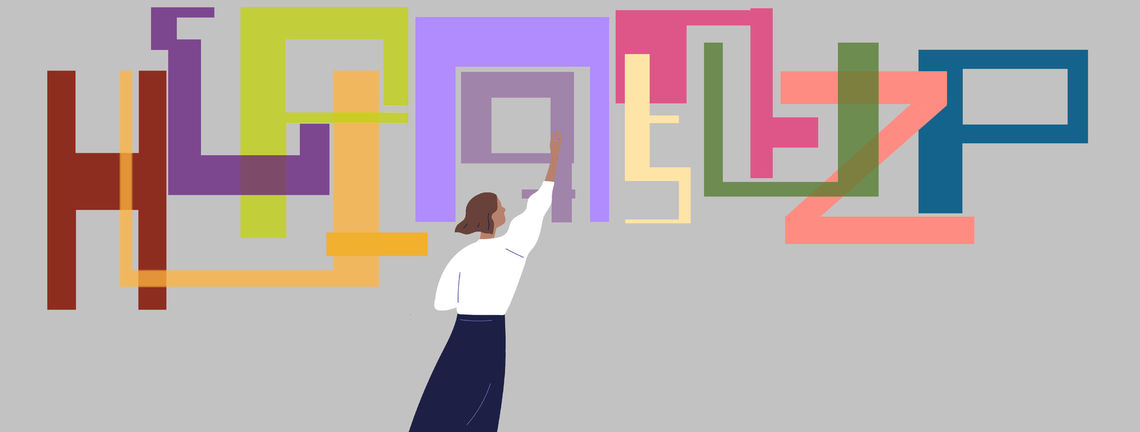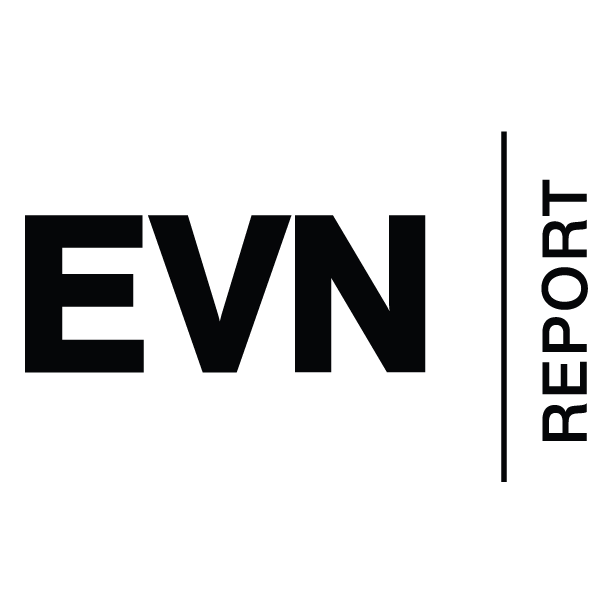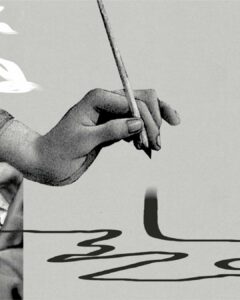

Every single word in this title requires a separate explanation to make the essence of this analysis more understandable.
The concept of “Western Armenian,” of course, can only be understood in terms of language. The catastrophic rupture and dispersal that emerged as a result of the Mets Yeghern (Armenian Genocide), brought about the erasure of “Western Armenia” (also known as Trkahayasdan, or Turkish Armenia) as a cultural phenomenon and led to the birth of the “Diaspora” phenomenon. The diaspora completed its formation by the 1960s when the survivors of the Genocide and their descendants entered the arena of public engagement. Hence, if there is a hereditary line between “Western Armenian” and “Diasporan Armenian,” then it is ensured by the language factor: the existence of Western Armenian.
It is understandable that Western Armenian is the mother tongue of the Diaspora (the so-called “classic,” post-1915 diaspora, not the “new” diaspora that emerged after the second independence of Armenia whose language factor is different). Furthermore, the literature created in the diaspora has valid grounds to be called Diasporan Armenian literature since the days of the “Paris Boys” – Nikoghos Sarafian and Shahan Shahnour – and, since the 1960s, with the launch of the Ahegan publication in Beirut and the generation that rallied around it.
It’s natural that this literature – with its content, essence and nature – does not have a solely diasporan stamp. As in, it does not touch upon issues pertaining to what defines the diaspora, its psychology, place and existence. However, by geographical affiliation, it is certainly part of the diaspora.
This diasporan stamp, first of all, reflects the fact that the diaspora’s state of being is far from being self-contained and closed off and instead is a state of being that is required to interact with its surrounding environment and cultures. And during this interaction, the issue of language comes to the forefront.
If Western Armenian is the diaspora’s mother tongue, then this implies that it is also the language of diaspora literature. But what is the status of literature written within the diasporan space but in another language? Who does it belong to? This question has been in discussion for over decades but has not received a satisfactory answer and probably will not if we view it solely in terms of language, which would naturally imply that only literature written in Armenian is Armenian literature. However, other factors have to be taken into consideration which will open the door to other perspectives. The most important factor here is context. For example, are William Saroyan’s stories that have Armenian subjects or his novel “Rock Wagram” part of Armenian literature? What about his writings which don’t have Armenian themes like “The Human Comedy” and “The Adventures of Wesley Jackson.” Are they not part of Armenian literature?
Even so, if we view national language as one of the component factors of identity, naturally, we can conclude that Armenian works of writing are the backbone of diasporan literature. On the other hand, despite substantial data showing the retreat of the Western Armenian language, it is the Western Armenian literary press that has persevered until today; all short-lived and long-established foreign language literary press ceased publications in the Armenian diaspora, which, of course, have many reasons. The term “foreign language literary press” is in reference to literary periodicals (and not, for example, Armenian Studies). One of the best examples is the English language “Ararat”, published every three months for over 50 years in New York, which stopped publication a short period after it went online.
This association of Western Armenian and foreign language literature means that this is not an isolated phenomenon. Indeed, since the beginning, the Diaspora has lived in a multicultural and multilingual reality. It is the awareness of this situation that led to the emergence of a border beyond which the Diaspora was born. The Diaspora is a state where your own and the foreign coexist in a bipolar relation. The majority of diaspora communities, if not all of them, do not consider the language they are surrounded by as foreign. For example, in Lebanon in the 1980s, Arabic was considered tertiary within the Armenian community, so much so that Arabic classes in Armenian schools were ignored and knowledge of the language was insufficient among students. Later, when a generational change took place, this picture changed. Another example is the Armenian-speaking Armenian living in the United States or Argentina, who has integrated into the societies they live in and has no reason to consider the dominant language of that society – English or Spanish – as foreign, especially if that language was learned equally with Armenian. Moreover, in those same communities, the Armenian who mainly speaks Armenian or Spanish considers Armenian as foreign and learns or uses it as one.
This description, with its transient nature, is to showcase the issues living Western Armenian (language) literature is facing and, first and foremost, the issue of the environment in which it develops.
Family, society, school and the press were the traditional foundations upon which literature developed. These were the four primary places where future writers were born and cultivated, where their formation took place. Today, they are far from having that same resonance and influence and have lost their authority as supporters of the literary and linguistic factor. Mixed marriages, indifference towards the language, illiteracy, lack of encouragement are all factors that have weakened the family’s influence on the social fabric and especially when it comes to reinforcing the linguistic fulcrum. The decrease in the number of Armenian classes and the shortage of human and financial resources, as well as the decline of the Armenian language make the transfer of language increasingly difficult. In addition to this, resistance to innovative and progressive ideas, lack of capable teachers, the indifference of parents and institutions have been the reason for the decline and eventual closure of many schools. Periodical media, whose influence has also considerably declined (15 Western Armenian daily newspapers were being published in 1981 in seven countries; in 2021 there are seven daily papers published in four countries), has also seen a decline in the quality of the language used and has ceased to be a tool of linguistic education.
The weakening of the education system and the media is a reflection of the obvious weakening of administrative spheres, which is also reflected in the general status quo of the diaspora.The natural corrosion of institutions, challenges of generational changes and the lack of human resources paralleled with the inability to keep up with the times, and divergence from original goals are contributing factors. In addition to this, we should also consider external factors like the dominance of the language of a given society, the allure of foreign structures, etc.
It’s true that in the past two decades the presence of social media has started to become dominant in our reality. This also brings with it beneficial perspectives for the development of literature especially in encouraging the young generation to express themselves in Armenian. However, it’s still early to see a clear direction. In any case, it’s necessary to factor this in and encourage its proliferation.
And if we return to the title of this article, we can say that Western Armenian literature lives in all these environments, traditional or innovative. The question, however, is in what conditions or with what prospects? It is here that searching for new pathways is necessary.

